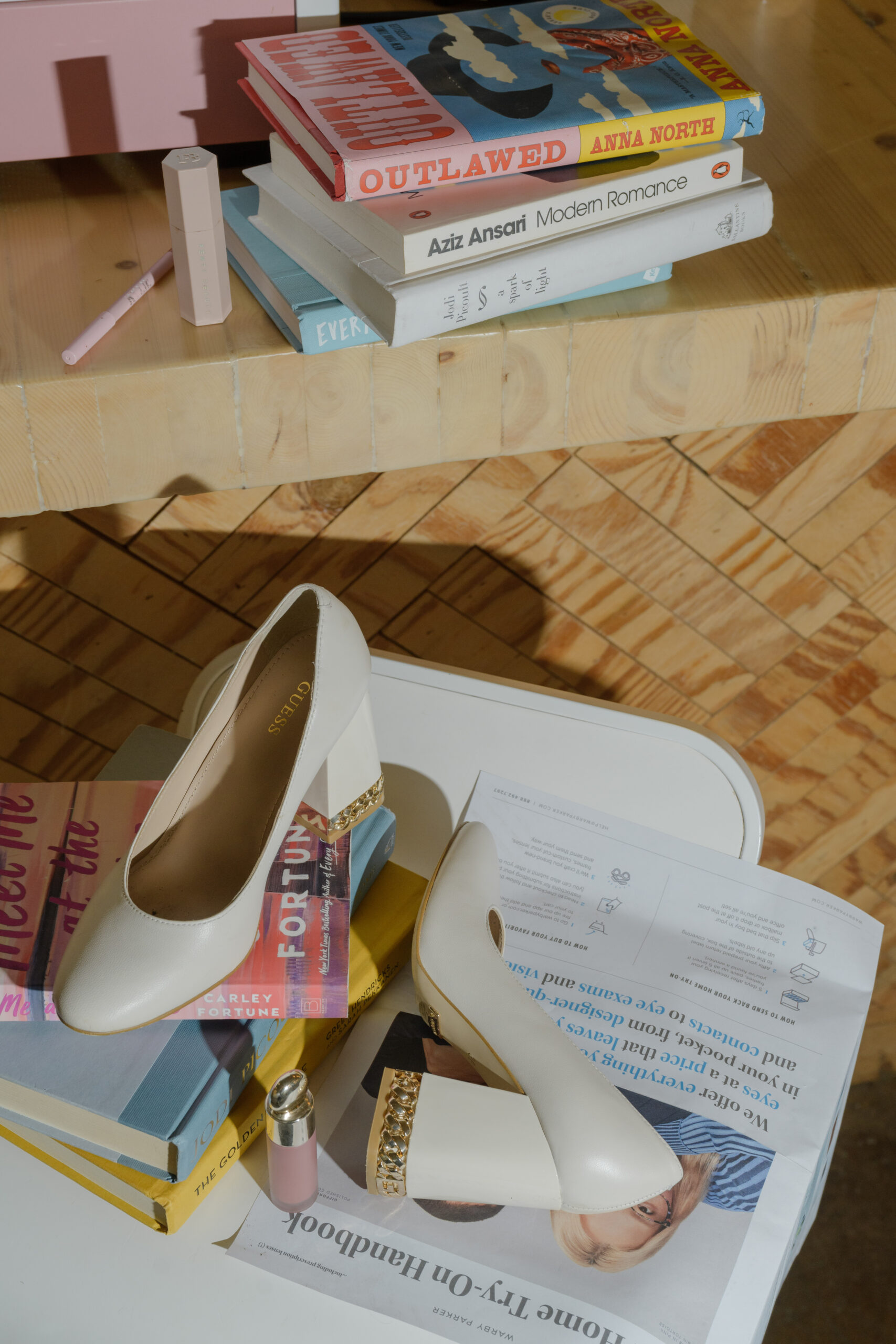Think of your dream client. The one, who if they appeared in your inbox right now, you’d lose your shit. Imagine it: an inquiry from [DREAM CLIENT YOU FANGIRL OVER] hits the top of your email. You run to Trader Joe’s, give the finger to the $4 wine you usually buy, purchase the classy $7 bottle, tell the Trader Joe’s cashier you love them, and blast Shania Twain’s iconic “Man! I Feel Like a Woman” on your drive home. This person or brand is your target audience.
I’m going to just guess that, since you clicked on this blog post, you may be struggling to identify who your target audience is. And that’s okay.
Maybe you love your current customers, but they’re not your ideal customers. (That’s okay!)
Maybe you have an idea of who your target customer is, but you’re still working to understand them on a deeper level. That’s cool, too.
Maybe you’ve lived out this same Trader Joe’s scenario and need some advice on how to make sure you bring more of those types of clients in. Fabulous.
Whichever version resonates most, I’ve got you. ❤️
PS — if you still have Qs after this blog, download my Target Audience Toolkit.
What Exactly is a Target Audience?
Let’s start at the very beginning. If you plug this question into Google, you’ll get hundreds of websites with some variation of the same answer.
HubSpot describes the target customer as a group of consumers characterized by behavior and specific demographics. For example, female extreme athletes between the ages of 18 and 25.
Do you know what I would do to be described as an extreme female athlete? I’m engaged to a man who never puts the toilet seat down, and for that, I think I’ve earned that title.
Anyway.
Your target audience offers data-backed insight into how you should operate certain aspects of your business. Knowing the demographic of your target customer plays a tremendous role in the services you offer, where and how you spend your marketing efforts and GASP! the copy you write. Take the example above. If we were marketing to a group of women ages 18-25, there’s a solid chance Facebook wouldn’t be your ideal social platform. Instagram, TikTok, Pinterest, YouTube – these are the spaces your target audience would virtually hang out in.
BTW, it’s worth mentioning that, in terms of copy, Gen Z prefers brands that are more conversational and relatable rather than stuffy and professional.
So step one is to identify the person you want to serve. Who is this person? Why do you want to work with them? Why is your product or service conducive to this group?
Questions to consider to identify your ideal target audience:
- Is there a specific gender I want to serve?
- What’s their age range?
- Where do they live?
- What job title do they hold?
- What’s their income level?
- What do they value?
- What’s their martial status? Family status?
Okay, whew. We’ve started to nail down step one. Let’s figure out how to bring this perfect potential customer to life and how to understand them on a deeply personal level.
Understanding Your Demographic
Once you’ve identified who you want to serve, it’s crucial to learn how to serve them. To do this, we want to DIVE DEEP into their behaviors, values, and habits.
Questions to consider:
- How do they think?
- Where do they buy?
- What brands are they drawn to?
- What forms of digital media do they consume?
- What do they care about? What don’t they care about?
Social media platforms makes my head spin for so many reasons. While I don’t recommend using social to stalk your ex’s new girlfriend’s aunt, I do recommend using it to conduct market research on your target audience. This is where I give you permission to stalk the fuck out of people’s social media pages. See what they’re saying, what brands and people they follow, what they do on the weekends. Become Joe from You but don’t, you know, murder anyone.
PS – We can all agree that Penn Badgley was made for that role, right?
Then, take all of your information and discover ways you can apply what you’ve learned about your target audience to your outreach and marketing efforts and content strategy.
Once upon a time, I worked for a branding agency that would have clients build out their audience by creating a detailed audience persona. My creative director at the time was a sucker for hands-on workshopping activities, and tbh, I loved it too. So before every workshop, we would sit on the floor of her office, sifting through the hundreds of magazines that she had collected over the years. We’d select various publications ranging from REI-style content to Women’s Health.
This activity encouraged clients to really think through who their target audience was. We gave their person a name, a family, a degree, a job, etc. From there, once the foundation of who the exact audience was, we’d move into a deep dive into what they were struggling with, why, and how X company was equipped to handle these problems.
HOT TIP: If you’re in a position to hold focus groups, whether on Zoom or IRL, that’s also an incredible way to understand your target audience on an even deeper level. But Google is free, and there’s no shame in a little social media stalking.
Example: Rare Beauty’s Chokehold on their Target Audience
I’m obsessed with Rare Beauty by Selena Gomez. I’m a sucker for the products (the liquid blush, ARE YOU KIDDING ME), the branding (feminine, gorgeous), and the messaging (kind, inclusive, positive). I LOVE ALL OF IT. But I should love all of it.
Why?
*it’s me, hi,* I’m the brand’s target audience.
According to Havstrategy.com, Rare Beauty’s target audience is “Selena’s fanbase, a vibrant collective ranging from 16 to 35 years of age. In a brilliant move to captivate this demographic, Rare Beauty has adeptly woven a tapestry of marketing strategies, all finely tuned to harmonize with their mission of product sales.”
Their social media channels? Obsessed.
Their influencer marketing campaigns? Makes me spend so much money.
Their digital marketing strategies? UGH! So good.
Rare Beauty crushes it at efficient marketing.
Let’s take a look at the brand’s why: “Rare Beauty is breaking down unrealistic standards of perfection. This is makeup made to feel good in, without hiding what makes you unique—because Rare Beauty is not about being someone else, but being who you are.”
As a millennial woman in her late twenties, my fellow girlies and I have been told our whole lives to look a certain way. Many of us are, well, over it. Then Rare Beauty hit the market, and it revolutionized how we speak about beauty and, obviously, makeup.
And I ate it up.
Words like comfort, positive, impact, connection, and relaxation are threaded throughout the website’s copy, from production descriptions to calls to action. The other, most obvious reason that a company founded by a woman is made for other women is because we create things we wish we had. Or know what we need.
Sometimes, especially for founders whose target audience is closely related to themselves, it’s easy to see the connection between the product or service to the consumer. So you may be thinking: do I have to be similar to my brand’s target audience? Absolutely not. You need a clear persona, backed by research, and the ability to apply those findings directly to your marketing efforts.
You’ve got this, and your target audience is going to LOVE you.
BTW, if you still need some guidance, download my FREE Target Audience Toolkit.







+ show Comments
- Hide Comments
add a comment